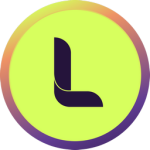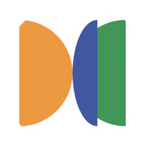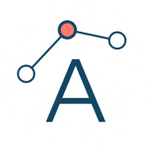
LAOS
LAOS enables use cases in the most mature ecosystems (Ethereum, Polygon, etc.) that are currently impossible.
It will be the first layer-1 with Bridgeless Connectivity, namely, the possibility to scale certain types of transactions on any programmable blockchain without the need to use bridges. LAOS's mission is not to compete with other layer-1s, but to greatly extend what users can do on them.
Compared to L2s, scaling via LAOS avoids the usage of bridges, which not only are the focus of constant hacks, but also add extra friction to UX, forcing users to wrap their currencies to start trading. With LAOS, users trade in their native currencies, and bridges are simply not required.
LAOS's vision is to become the consensus system adopted by all chains, including Ethereum, to offload their Digital Ownership transactions, instantly & securely, without the need for bridging. Likewise, it aims to lead the paradigm shift towards true utility and mass tokenization, beyond speculation and scarcity, for the next generation of web3 applications.
With LAOS, blockchains like Ethereum and Polygon can offload NFT minting and evolution, freeing up their capacity to focus on areas where they provide greater value, such as trading, lending, and accessing DeFi & liquidity services. Minting alone accounts for over $1 billion in annual gas fees and frequently congests both chains. This situation primarily enables speculative use cases that exploit extreme scarcity.
Finally, LAOS also features Decentralized Asset Metadata Extension at protocol level. This enables any actor to permissionlessly extend what an NFT describes, irrespective of its originating blockchain, and evolve it over time, opening a new plethora of use cases, including usage of assets across different DApps, managing copyright reporting, and the permissionless issuance of valuations about Real World Assets.

Due to a crowdloan misconfiguration, bids were placed using a new, self-funded parathread.








